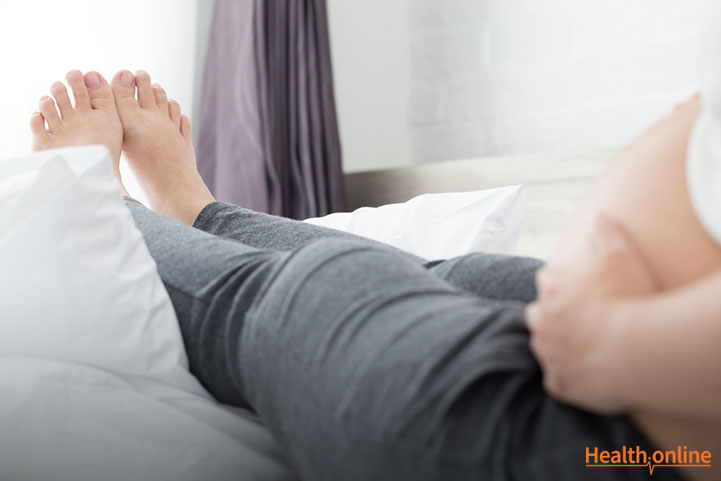
Managing Swollen Ankles During Pregnancy
Pregnancy is a phase marked by a lot of physiological changes . Sometimes these physiological changes cross the mark into the pathological state that warrants attention and medical intervention. One such physiological symptom that must be watched for is pedal edema or ankle edema of pregnancy. There is always fluid retention in pregnancy, but when it goes above normal, it cannot be ignored.
Ankle edema is a normal physiological phenomenon
Normally, the blood from the lower part of the body and legs moves upwards through the inferior vena cava to reach the heart. It has to work against gravity. During pregnancy, the growing fetus presses on the blood vessels obstructing the normal blood flow through the veins. This leads to the accumulation of fluid in the most dependent part of the body – the legs. A minimal accumulation of fluid in the legs up to the ankles is normal. In order to ascertain the physiological nature of the edema, it must be present on both legs and show pitting on pressure. This usually resolves if the legs are elevated for some time. Pathological edema usually extends above ankles up, to the knees and even the legs. Pathological edema is usually present with other co-morbid conditions.
How to handle physiological pedal or ankle edema?
The first step is to ascertain whether the ankle edema is physiological or pathological. If it is physiological, you can use one or more of the following tips to handle it:
- Do not stand for a long time: Standing for long hours leads to fluid accumulation in the feet. If your job demands long standing hours, take occasional breaks and sit with your legs up.
- Elevate your legs: Elevating your legs is the simplest, easiest and most effective tip for handling ankle edema. Lie down on the bed with one or two pillows below your legs such that your legs are above your body. This would facilitate the fluid flow back into the inferior vena cava, reducing the ankle edema.
- Wear compression stockings: If you are traveling or working for long hours, compression stockings will help you avoid ankle edema. It compresses the veins from the outside reducing the chances of fluid seeping out of the capillaries, thereby reducing pedal edema.
- Sleep on your sides: Pedal edema is favored when you lie on your back due to the compression caused by the fetus on the underlying veins. So sleeping on your sides helps to relieve the pressure exerted by the growing fetus on the venous system and hence reduces ankle edema.
- Engage in regular physical activity: Lack of physical activity is one of the reasons for exaggeration of pedal edema. The muscles of the leg, mainly on the posterior part, function as a pump to push back the venous blood against gravity. When these muscles are weak, the pumping mechanism functions less. Normal exercises like walking; swimming or yoga helps in strengthening the muscles and in improving their function.
- Apply cold compresses: Ankle edema can sometimes become uneasy and painful. Cold compresses can be applied to relieve pain and reduce ankle edema.
- Occasional massage to the feet: Regular massages to the feet, ankles, and legs help improve overall blood circulation and consequently reduce the fluid accumulation in the feet.
When does ankle edema require medical attention?
The following conditions warrant medical intervention: Unilateral pedal
- Unilateral pedal edema, where there is swelling of the foot and ankle of only one leg, while the other leg is normal
- On applying pressure on the swollen portion, it doesn’t pit
- The pedal edema doesn’t resolve even after rest and compression
- The swelling increases above the ankles to the knees
If you have ankle edema, you need to be calm and patient to see if it subsides by using the above-mentioned tips. If it reduces, then it is a normal physiological edema. But if it does not, you have to visit your physician, as it may be a premonition for preeclampsia and eclampsia, which is a more serious condition.




